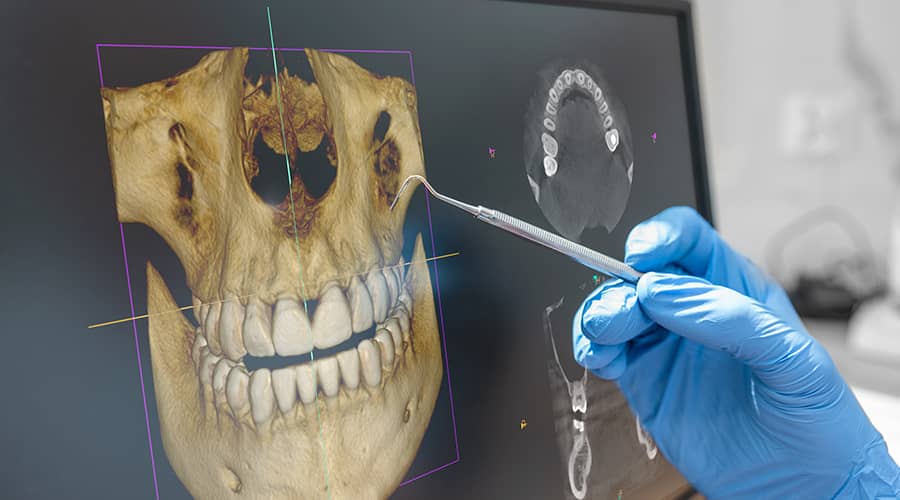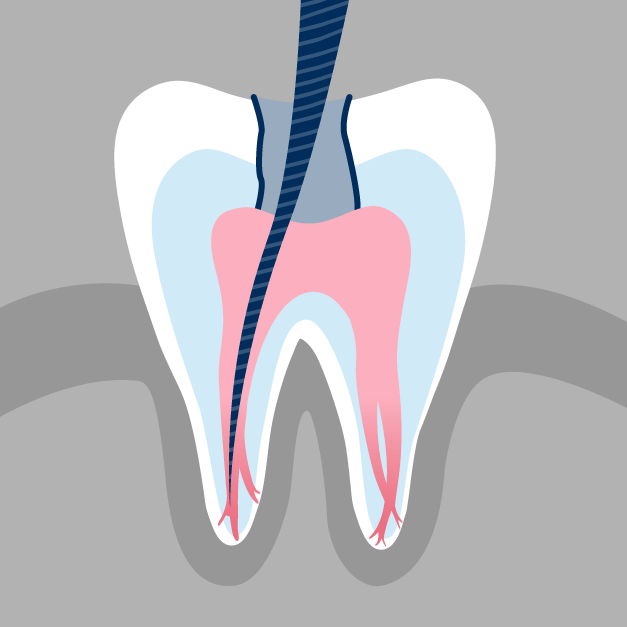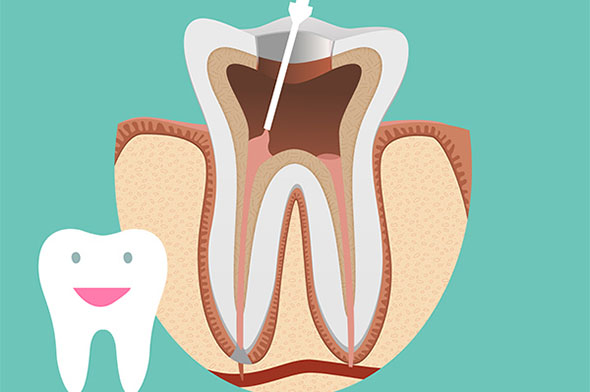What to Expect
Save your natural tooth and relieve pain—comfortably and precisely

Diagnosis & Planning
We evaluate your tooth, review symptoms and use 3D CBCT imaging to see hidden canals or anatomy that caused the initial treatment to fail.

Comfort first
The tooth is fully numbed and isolated for a clean, gentle environment.

Cleaning the canals
The old filling materials are removed, the canals are inspected for missed anatomy, and the spaces are thoroughly disinfected. We may use the GentleWave® System for a deeper, more complete clean.

Seal & protect
The canals are refilled with a biocompatible material, and a new temporary filling is placed. Your general dentist will typically restore the tooth with a crown afterward.